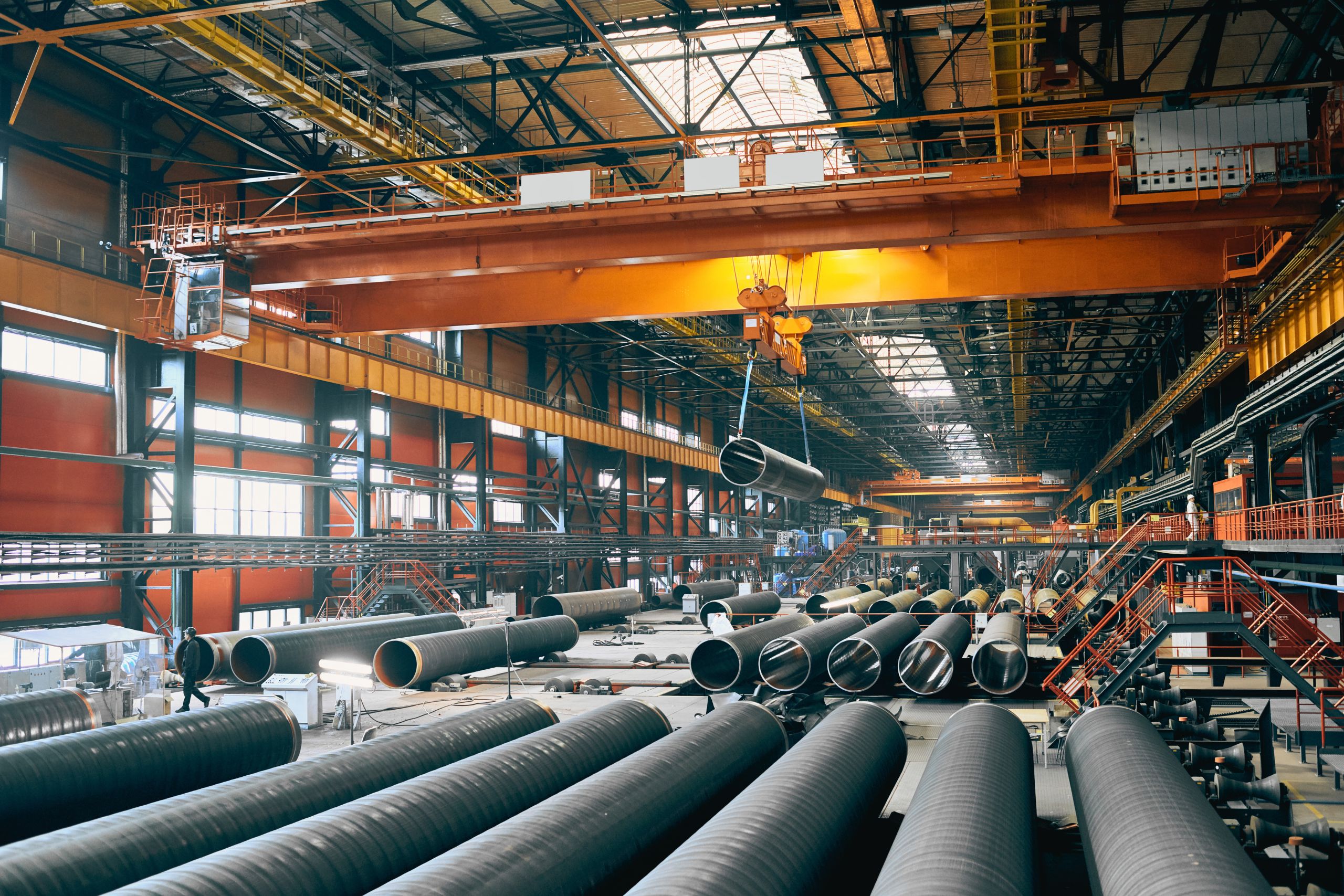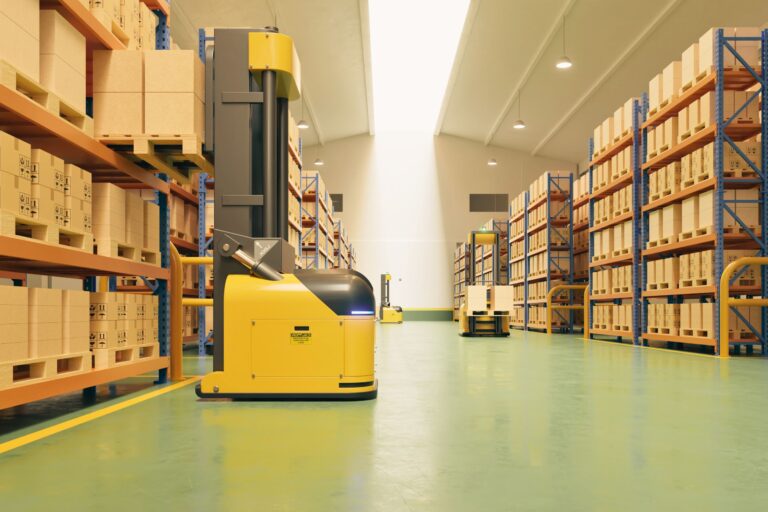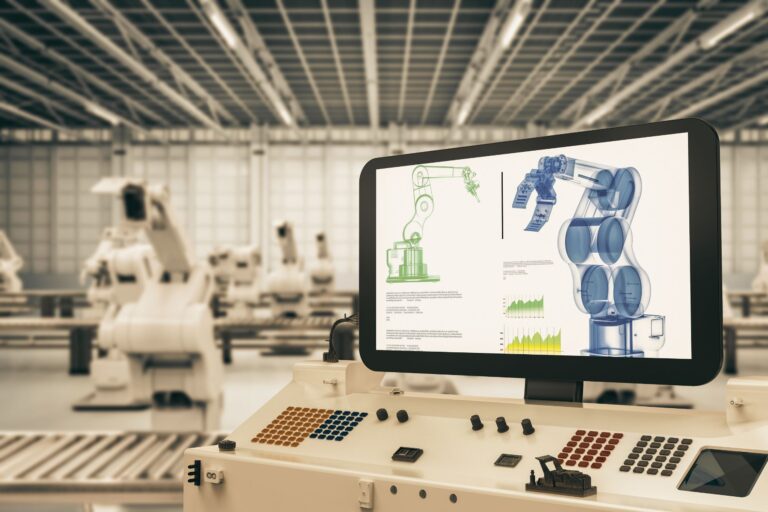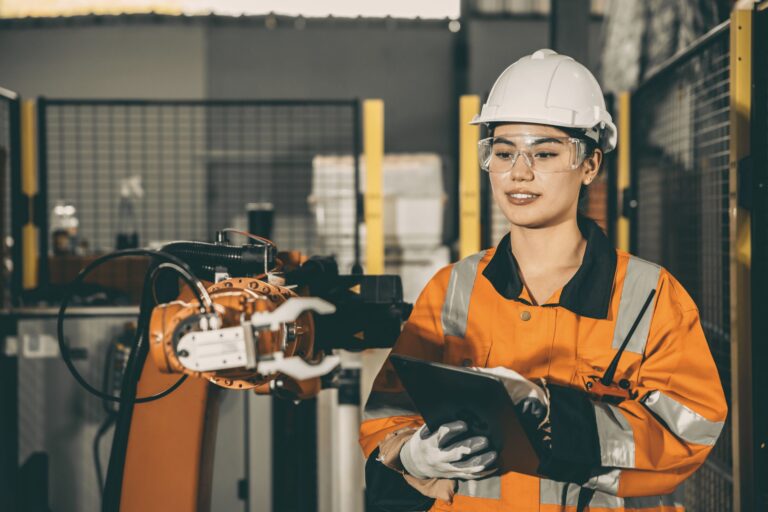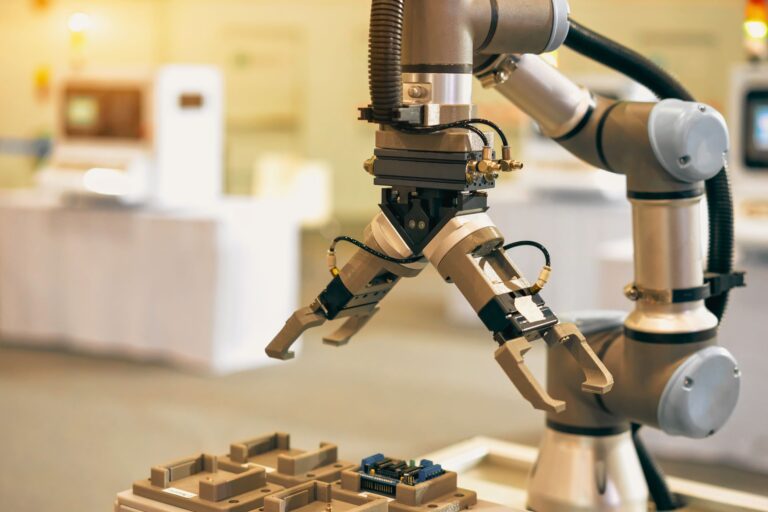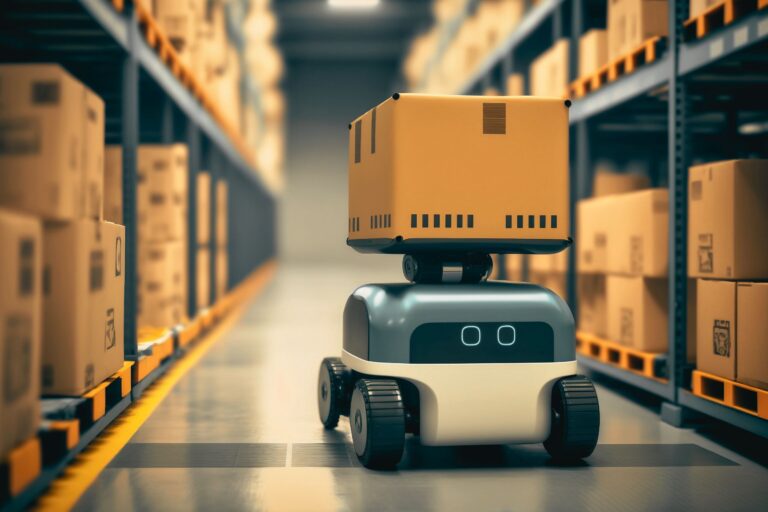Intelligent crane systems: From classic lifting to connected infrastructure
Digitalization is increasingly penetrating lifting technology. “Smart” cranes combine precision mechatronics with sensors, frequency drives and connectivity (IIoT) to ensure safer, more efficient and predictable operations – from single overhead cranes to entire in-plant flows.
What makes a faucet “smart”?
- Sensors and telemetry: load cells, swing angle/speed, X/Y/Z axis position, temperature and vibration of gearboxes/motors, number of starts and cycles.
- Smart motion control: frequency inverters with smooth acceleration/deceleration profiles, anti-swing algorithms, precise positioning and soft limits.
- IIoT connectivity: gateways to local or cloud applications for data collection, alarms and remote diagnostics.
- Integration with systems: data exchange with WMS/ERP/CMMS for lifting tasks, material requests and automatic maintenance planning.
- Default security: zoning, virtual stop-fields, load/height limits, event logs.
Key benefits for production
- More productivity and less downtime: Anti-swing and point-to-point positioning shorten cycle times; predictive maintenance reduces unexpected downtime.
- Energy efficiency: Regenerative braking and optimized driving profiles reduce consumption and heat loss.
- Accuracy and repeatability: automated modes for repeatable routes and "recipe" positioning for repetitive products.
- Higher safety: intelligent limits, overload control and event logs for traceability and learning.
- Process transparency: dashboards with KPIs – cycle time, usability, number of lifts, average load, alarms.
Technological modules in practice
- Anti-swing control: measures the deflection and adjusts the dynamics of the trolley and hoist for minimal sway.
- Precise positioning: target zones/coordinates, slow-approach modes and soft stops for sensitive loads.
- Smart radio controls and HMI: customizable buttons, visual/audio indications, contextual messages for operators.
- Predictive maintenance: vibration and temperature monitoring of motors/gearboxes/wheels; automatic notifications to CMMS.
- Integration with facilities: positioners, conveyors, buffers and visual inspection cameras in a common logistics flow.
The Bulgarian context: where is the fastest return?
- Metalworking and mechanical engineering: frequent transfers between machines and sections – greatest effect of anti-swing + positioning.
- Automotive components and electronics: need for traceability and stable cycles – smart logs and integration with ERP/CMMS.
- Cold storage facilities and food industry: energy efficiency and smooth movements for delicate loads/conditions.
- Heavy industry: regenerative drives and robust attachments for atypical/bulky loads.
Metrics and KPIs worth tracking
- Cycle time (mean and 95th percentile) and usability of the system;
- Energy consumption on a lift/trolley/bridge per shift;
- Alarms/incidents by type and frequency;
- Average/peak load and workload by work class;
- Planned vs. unplanned downtime and recovery time (MTTR/MTBF).
Steps for non-disruptive deployment
- Audit and measurement of current cycles, swing, energy and alarms.
- Defining use cases: positioning, zoning, logs, integrations.
- Pilot package: inverters + anti-swing + telemetry on one crane/axis.
- Integration with CMMS/ERP and visual dashboards for the team.
- Scaling to the remaining cranes with unified recipes and trained operators.
How Bullitt Engineering Fits
We take a step-by-step approach: assessing the design and crane path, selecting the appropriate control (frequency drives, anti-swing, positioning) and basic telemetry to monitor loads and cycles. Where appropriate, we consider integration with peripherals (positioners, conveyors, cameras) and with WMS/ERP/CMMS, as well as suitable attachments (crossbeams, magnetic beams, grippers).
If the topic is relevant to your environment, we can discuss a specific process and outline possible options for a pilot phase and subsequent expansion, taking into account the available infrastructure and constraints.

